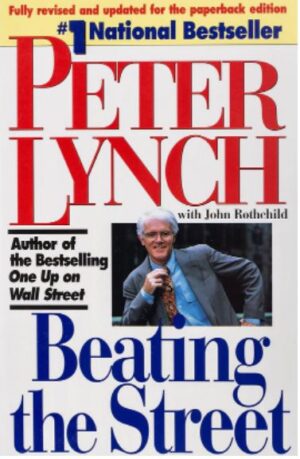The author consistently emphasizes a recurring theme throughout the book. He extensively employs pop psychology and flawed scientific concepts to support his arguments. Despite this, the book could potentially be condensed into a concise five-page magazine article. Nevertheless, for traders, the book holds tremendous value, and revisiting it repeatedly could prove invaluable.
For those involved in trading who struggle to achieve consistent success, it is likely that certain beliefs hinder their progress. The key lies in identifying and neutralizing these detrimental beliefs. The ultimate objective is to eliminate the influence of emotions such as fear and greed during trading decisions, which may seem straightforward in theory but significantly more challenging in practice.
So, what does a trader need to believe?
1) The recognition that anything can occur in the market.
2) The understanding that profits can be made without predicting future market movements with certainty.
3) An edge in trading refers to a statistical advantage in a given set of circumstances, leading to a random distribution of wins and losses.
4) Beyond this statistical advantage, an edge simply implies that one outcome will occur more frequently than another over a sufficient sample size.
5) Acknowledging that every moment in the market is unique and cannot be precisely replicated.
Essentially, a trader’s objective is to adopt a casino-like mindset. This involves ensuring that bet sizes are small relative to overall capital to minimize the risk of devastating losses. Furthermore, identifying an edge and consistently trading based on it are crucial for success. However, despite the apparent simplicity of this lesson, a staggering 95% of traders fail, primarily due to emotions like fear and greed or the ego’s desire to be right interfering with their decision-making process.
In conclusion, the lesson presented in the book is easy to grasp conceptually, but its true mastery requires extensive and persistent effort. Hence, the author stresses the importance of repetition to drive home this critical message.













